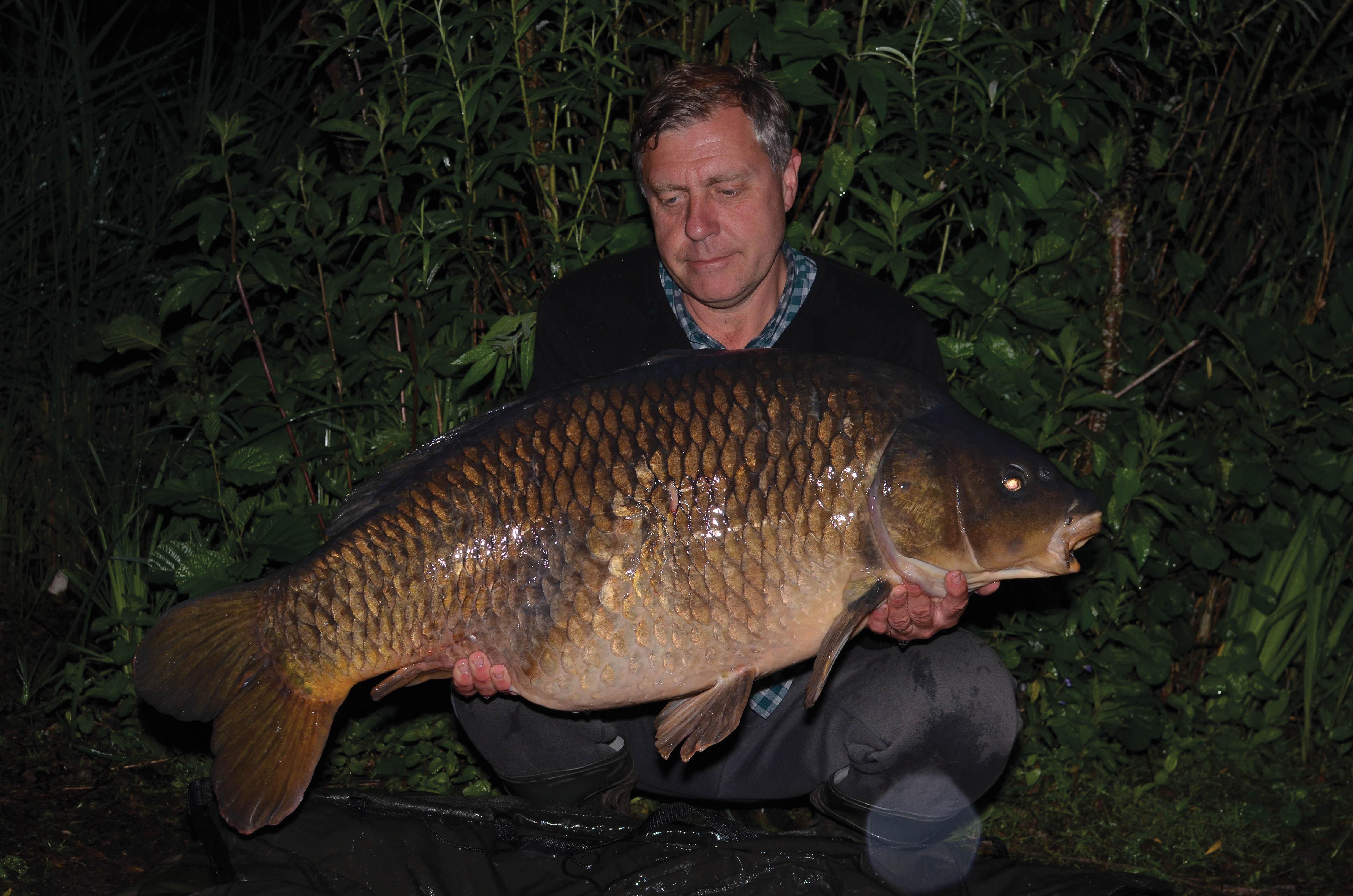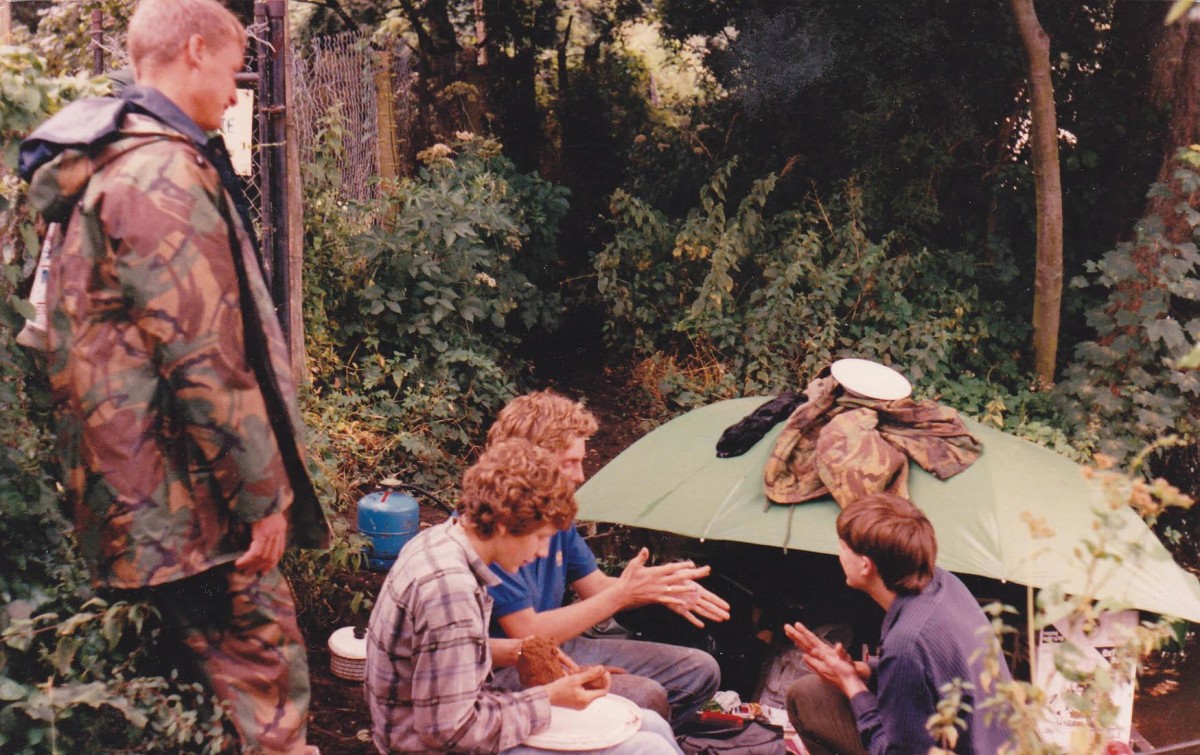
Terry Dempsey Bait Application
In the first of his new series of articles, Terry Dempsey draws on four decades of experience and shares what he’s learned about bait and its application
The year 2022 will be my fortieth spent carp fishing. I began fishing for the species at the tender age of 12, and I’m still as keen today as I was then. In those soon-to-be 40 years, I have seen so much change, on many different fronts…
The quality of tackle available nowadays compared to when I started provides the biggest contrast, from rods and reels, to the amazing selection of camping equipment and accessories. I caught my first carp on a cut-down leger rod and small spinning reel. The outfit was far from impressive, but it proved adequate. I slept on the ground in those days, beneath a 36-inch umbrella, and I used a black bin liner to keep my legs dry.
Another change has come by way of the size of our quarry; carp have grown dramatically. Twenty-pounders were thin on the ground in those days, and thirties were extremely rare.
The bait scene, however, has not changed too much in my time. Whilst carp baits are much more available now, the basics remain unaltered. Anglers have always been able to use high-quality boilies and particles, and those from years past are not too different to what we use today. Although not nearly as readily available then, if you looked in the right places you could access information regarding quality carp baits and methods of preparation. I made my own HNV boilies then, and prepared particles—you had to learn quickly to survive in the fast-evolving carp scene.
If anyone asks me what the best edge I’ve acquired during my carp fishing is, my answer will always be the same. The biggest edge I have up my sleeve now compared to my early days is bait application. Location of feeding fish is obviously paramount when looking to catch carp, that cannot be denied. With correct bait application, however, those fish will come to you. In this series, I will look at several different ways of how you might increase your chances of catching a fish of your dreams. Done properly, bait application almost becomes an art form, and if you follow the principles, for every set of circumstance you come across, you should have an answer.
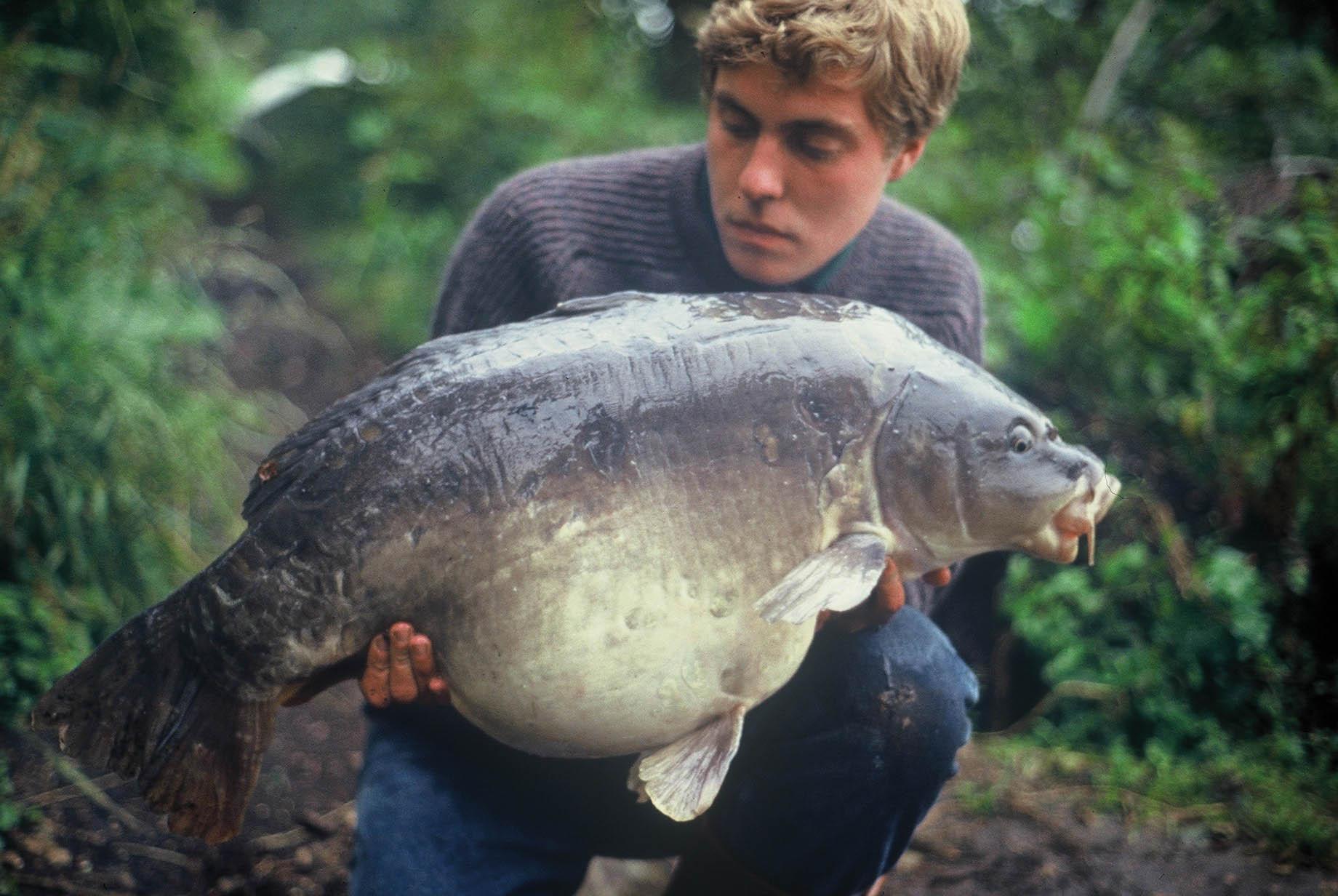
CONSISTENCY
A good angler once said to me that consistency is the key when baiting up, and this I believe to be true. Many years ago, I fished a heavily pressured gravel pit. The carp in the pit were super wary, most having been caught on numerous occasions. I realised that to have a chance of catching one of those fine specimens, I’d have to win their trust.
Each week, anglers from all over the country would turn up, and they’d use every bait and rig imaginable. The problem was that every angler fished a different spot with a different bait, and most struggled to catch a single carp. I realised quickly that if I threw a small amount of bait on to the same spot regularly, the carp would take to the free offerings and would soon drop their guard. It never had to be kilos of boilies, either; just a handful introduced on a regular basis was enough. This I would do for maybe two or three weeks before I fished the spot. Anglers would sit on the lake for weeks, blanking and pulling their hair out. Then, I would pop along, and I’d sometimes catch a carp within a few hours. It was all made to look so easy, whilst in fact, I had put in weeks of preparation. In reality, this preparation would have taken up only a few hours of my spare time, time used wisely, rather than me spending it pulling my hair out whilst sitting behind a set of static rods. I did this many times on the lake, and the method worked so well, I would sometimes have five or six spots rocking at once.
The key was to have spots all over the lake. Then, as a new wind sprung up, I would head to the spot where I expected the carp to turn up. Throughout the year, I was constantly on the move, creating new areas where, after my feeding, the carp would drop their guard. Carp will feed much more freely when there are no lines around, and once they have been feeding regularly on a spot, they will continue to return and will gain confidence. Eventually, they will arrive, and they won’t expect lines in the swim—which is what happens after a long close season. What I have noticed, though, is that consistency makes a massive difference, and as soon as you miss a week of baiting up, the fish will lose interest in the spots.
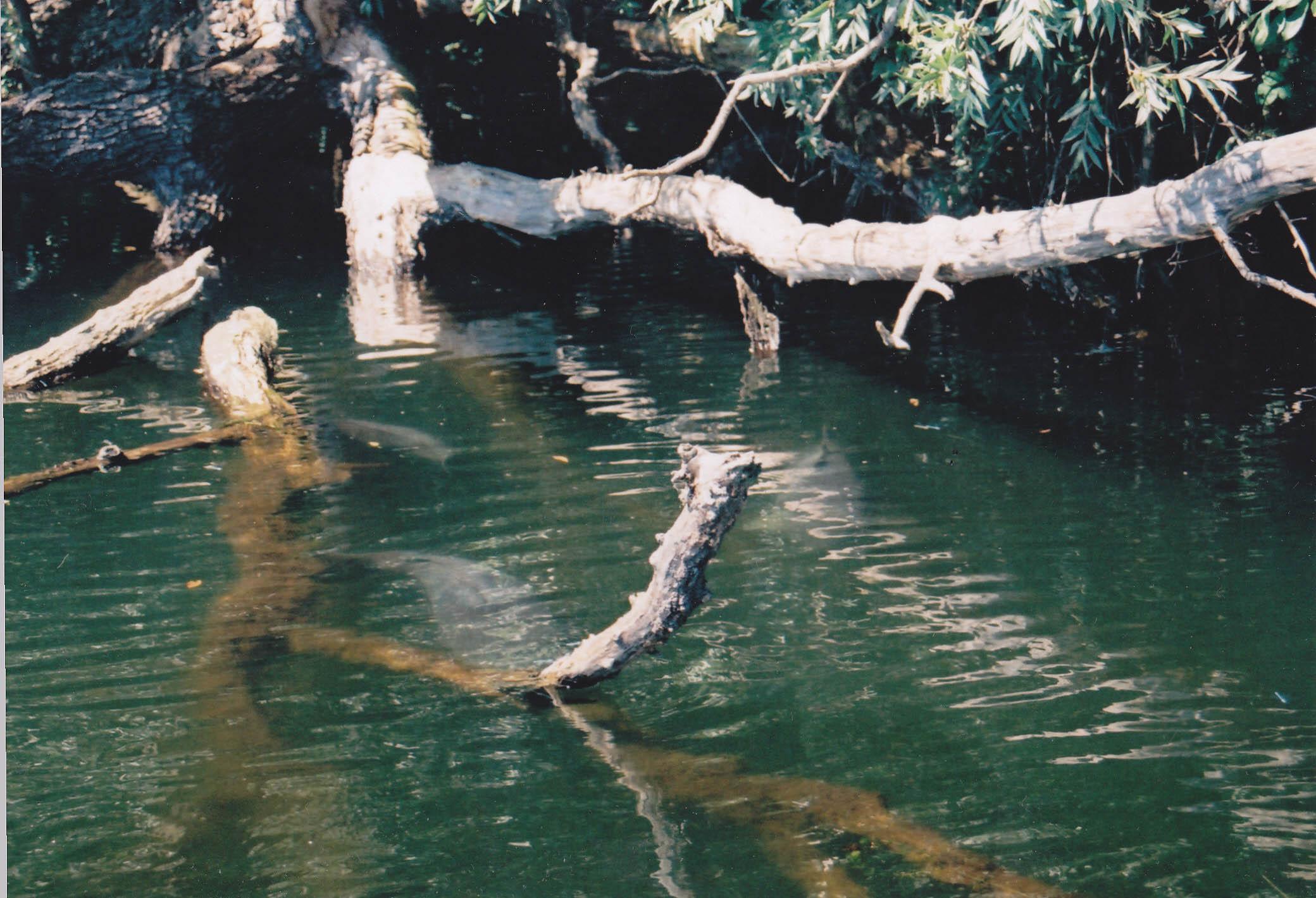
Anyone who keeps carp in a tank will tell you that they know when they are going to be fed, and that they literally wait for the food to arrive. Eventually, over time, carp will feed freely from your hand if they get to know that food is available each time they need to eat.
AMOUNT
With consistency being the main key to baiting up, the amount used will determine how successful the angler is going to be during any relevant period. It really is easy to be consistent when introducing bait, and once every two or three days, or even each week, is perfect in my experience. Judging how much you should introduce, however, is a lot harder.
The best, and indeed the easiest way to work out the quantity needed when baiting up is to monitor what happens on the lakebed. Being able to see the bottom is an edge like no other, and if you can, all that is needed is for the angler to bait several likely looking spots and then keep a regular eye on them. As soon as the bait on one of the spots starts to disappear, you can gauge how much to put in. If the bait is vanishing regularly, I try to increase levels until some remains a little longer. By doing this, you will see how much bait they are going through. You’ll also have an idea of how many fish are likely to be feeding on the spot.
On one lake I fished, I had to constantly keep increasing the level of my free offerings, as whatever I put down there was gone by the following day. The spot eventually became so ripe, I chose to fish it with just one rod. I sat there waiting for the culprits to return, and they duly did. They were extremely confident after my weeks of preparation and I landed a carp within minutes. This was from a very hard lake where I had struggled in the past, so my efforts paid off very nicely.
Some lakes, or certain areas of lakes often need to be baited more subtly. Whether this is down to low numbers of fish in the venue, or that the carp sometimes shy away from heavily baited areas, I am not sure. I have, though, visited several lakes where throwing only a small handful of bait in on a regular basis was the answer.
I remember fishing Wraysbury 1 and baiting one of the fishes’ patrol routes heavily for a few weeks. Then, to my despair, the water cleared and I had a good view of all the rotting bait sitting there. That was one water where only a small handful was enough to keep the fish searching for the food source.
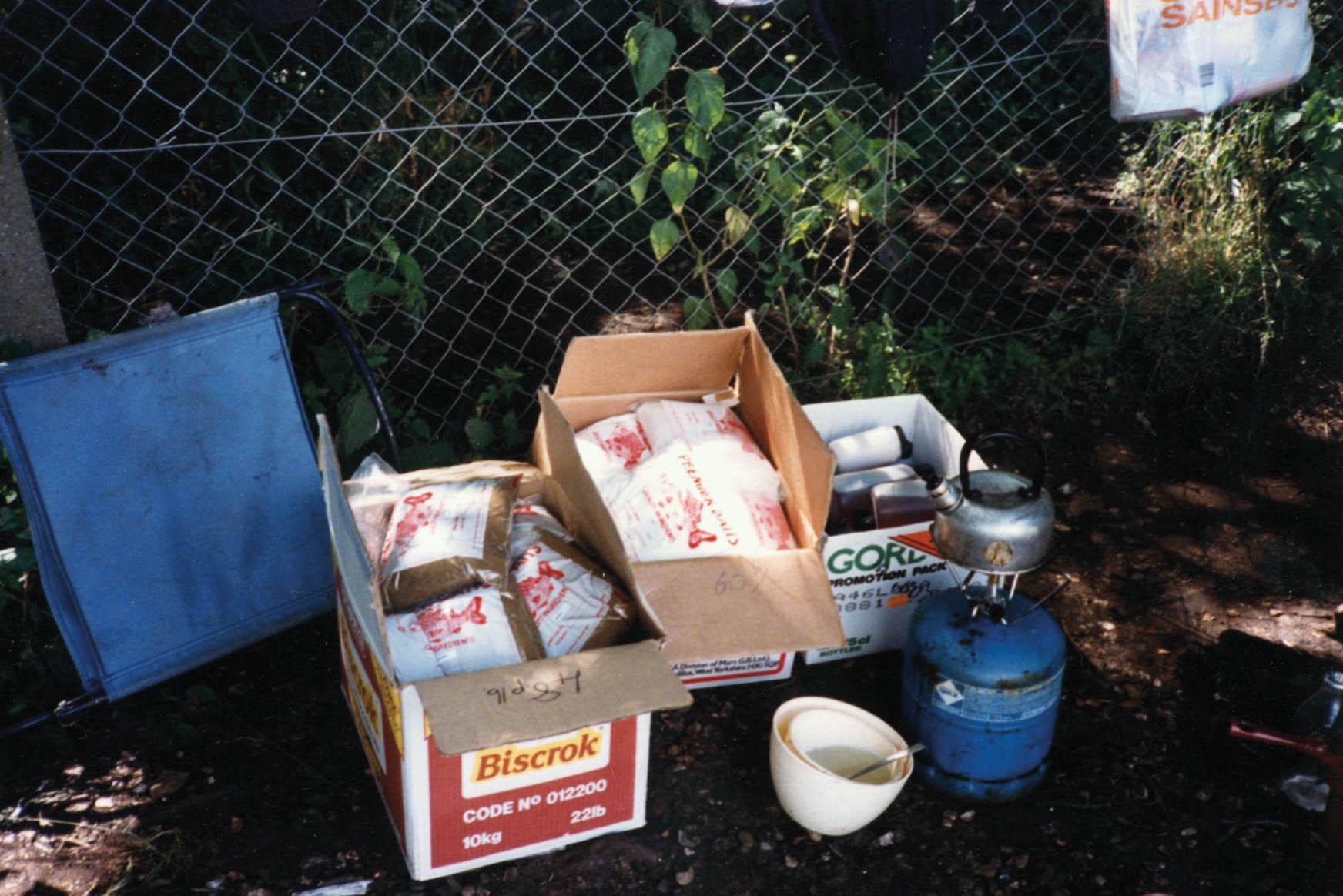
Most of the lakes I have fished over the years have been low-stock venues, so you’d have thought small amounts of bait would be the key, but on occasion, this couldn’t be further from the truth, as the fish have been downright greedy.
London’s Walthamstow Reservoirs have been a favourite of mine over the years. Although I have never undertaken any real campaigns on them, I would often go for the odd day here and there, and baiting heavily was certainly the way to go about getting results. For an odd day session, most anglers would chuck out a PVA bag, or even a single. These methods never worked for me, and it was always a case of getting as much bait in as I could as soon as I arrived. I would fire out a good five kilos of boilie straight away. It would seem as though I might ruin the swim doing so, but the tactic paid off so often. I’d pick up a good fish around midday, and more through the rest of the session, while anglers using PVA bags would struggle. I always put it down to the fact that it was much easier for the carp to find the bait if it was everywhere.
As a simple analogy, if you were walking along the road, the chances of you finding a dropped pound coin would be quite slim. Just one pound coin could easily be missed if it was laying in the gutter, and you might look away, just at the wrong moment. If there were lots of pound coins laying around, however, it’s odds on that you would find one. Having found one, you’d see others. Before long, you’d be searching around on your hands and knees with pocketfuls of pound coins. Baiting heavily is the key for me, and it has caught me most of my big carp over the past 40 years.
METHOD #1: TIGHT BAITING
Over the years, my favourite way of baiting has been to use a bait-dropper, or spod or Spomb as they are now called. During my early teenage years, when fishing Lake Meadows in Essex, I watched anglers make spod-like bait-droppers out of beer cans and Fairy Liquid bottles. After acquiring a cheap beachcaster, I followed suit. Shortly after, I had my best catch from the venue, fishing over 20 spods of soaked peanuts. The tight, heavy baiting in the middle had the fish queuing up.
It was a learning curve, but we realised that the method would take apart any carp water, as it still does all these years later. Even on tough, low-stock lakes, heavy and tight baiting with the spod or a Spomb can produce results. Sometimes I think I have killed my swim stone dead after heavily pounding the surface with the spod, but catches taken when using the method seriously outweigh any occasional negatives. I find on most lakes, that you need to sit on your hands for a few days after initially feeding, but once the fish move in on the tight bed of bait, there is a good chance of a multiple catch. When you look at it, a catapult pouchful of bait is so much smaller than a large Spomb, and 20 to 30 Spombs of bait is a significant amount.
Other methods of tight baiting can achieve the same outcome, such using a bait boat, and in the early days, swimming out with the bait—which I’d no longer recommend. Fishing over a tight bed of bait will create mass competition amongst the fish, and it will induce more aggressive feeding. I have had braided hooklinks bitten straight through when fishing tightly like this, and have hooked fish so deep down in their throat that I’ve had to use long forceps and a torch to unhook them. On the other hand, once the fish have been hammered over tightly baited areas, they can become very cute, and hard to trip up. In such circumstances, constantly tweaking the rigs is the way forward.
When fishing over tight beds of bait, I have done better with short, stiff hooklinks. These reset each time they are taken in and blown back out by the fish, which happens constantly when you fish over a large amount of bait.
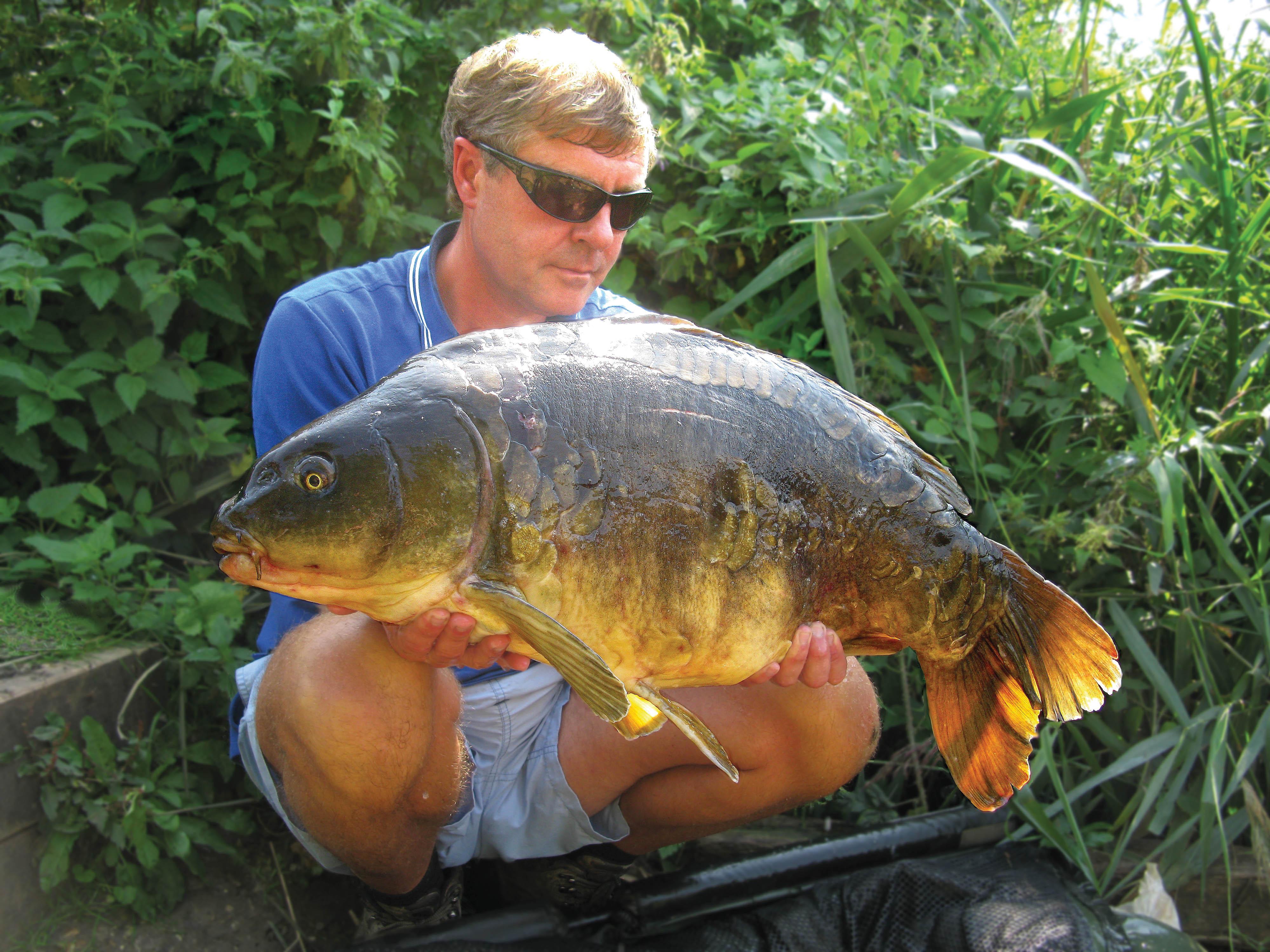
METHOD #2: SPREAD OF BAIT
Some of the lakes I have fished over the years do not respond well to tightly baited areas, but they will do to a spread of bait. Spreading bait over a large area can be a real edge, especially on lakes that are not heavily weeded. Also, if most of the anglers on the lakes are tightly baiting using spods and bait boats, spreading the bait will be different approach, and it can pay dividends. I always thought spreading bait proved successful because carp don’t just feed on one small patch, but graze like cows in a field.
By spreading your free offerings over a large area, you can also cover more of the venue, so the fish become used to picking up bait over all kinds of lakebed. The carp will become less suspicious of the bait as a result, especially once they have eaten a quantity and impatiently search for more.
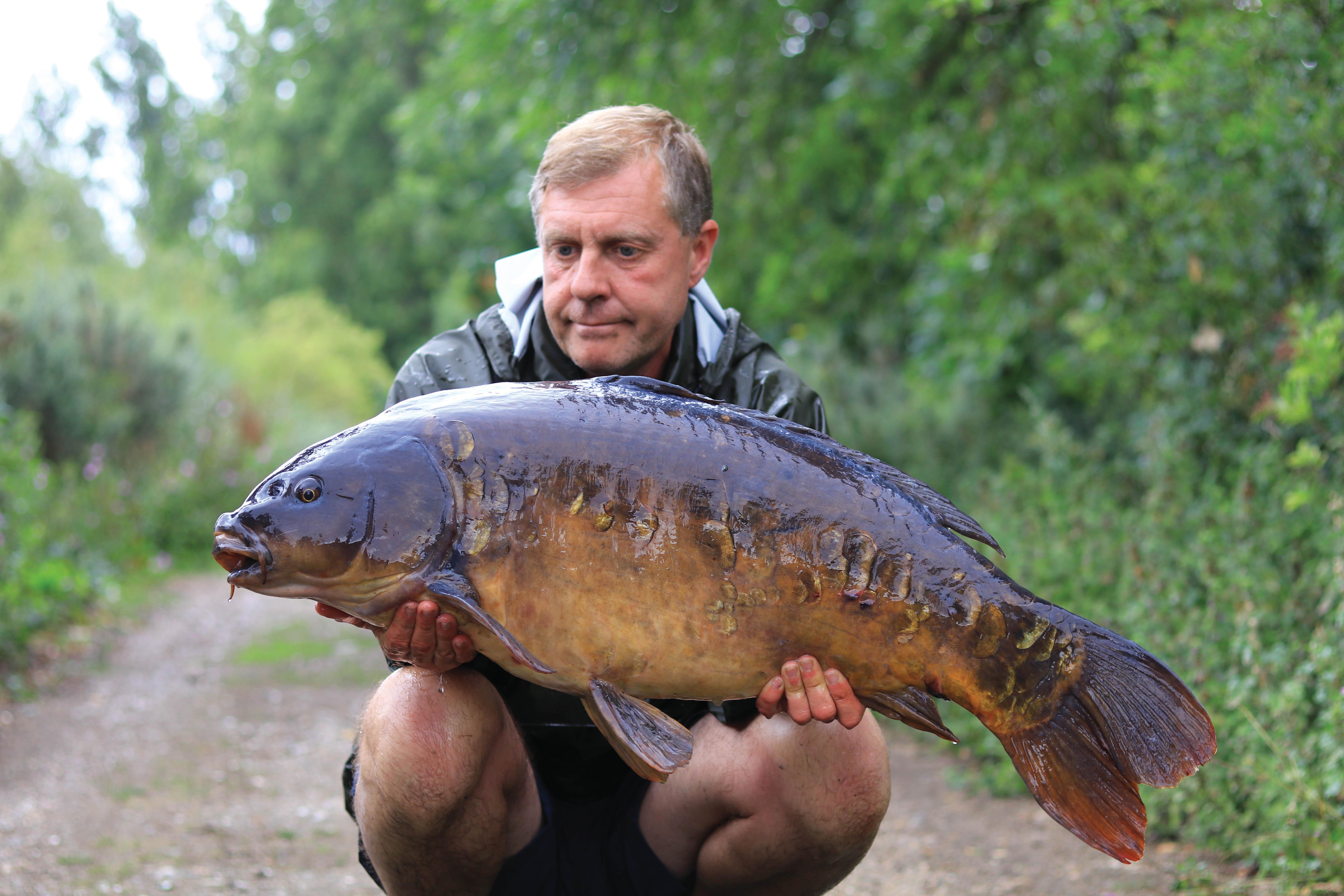
I find this method works best in early spring, before lakes become too weedy, but on less weedy lakes, this type of baiting works extremely well all year round. Along with others, I’ve found it best to spread bait over an area the size of a tennis court, using either a throwing stick or a catapult. Personally, I will use anything between two and five kilos of boilies at the start of a session, or each time I bait up, to gain the most from the method.
Another bait that works brilliantly with a large spread is tiger nuts—these have worked wonders for me over the years. When fishing with a spread, I tend to use longer hooklinks, because the fish will pick up a bait and move off in search of the next one. Hooklinks up to two feet long have proved a winner for me when I’ve chosen to spread my bait.
METHOD #3: CREATING A SPOT
Most of the lakes I have fished during the past 30 years have been really weedy. In weedy waters, presentation can prove a big problem, especially with bottom-bait set-ups—which I use for 90 per cent of my fishing. The key to getting a good spot for the right presentation is to get the carp to make the spot for you. This is when I like to use small baits like the 2mm pellets, and hempseed, once again starting early in the year when weed growth is minimal.
As soon as you have found a spot in a likely area, bait tightly with small pellets and particles. This will help bring small fish into the swim. They’ll grub around and stir up the bottom, and after they’ve clouded water, bigger fish—such as carp—will come to investigate. Once the carp have moved in, they will bulldoze the area, and will usually dig the spot right down to the gravel.
The key is to get on such spots early, before they get too big. In the past, I have seen such areas blow quickly, once they get a certain size—I have watched some grow from the size of a small dinner plate to that of a table tennis table overnight. I like to get spots going on the tops of bars that have not been fed on for years. Generally, these areas will be covered in silt and rotting weed, but a good helping of 2mm pellet will soon see them cleaned off. The reason I like spots on bars is because the line-lay is so much better when you are fishing to a high point. The line will hang limp, deep into the gully between you and the bar.
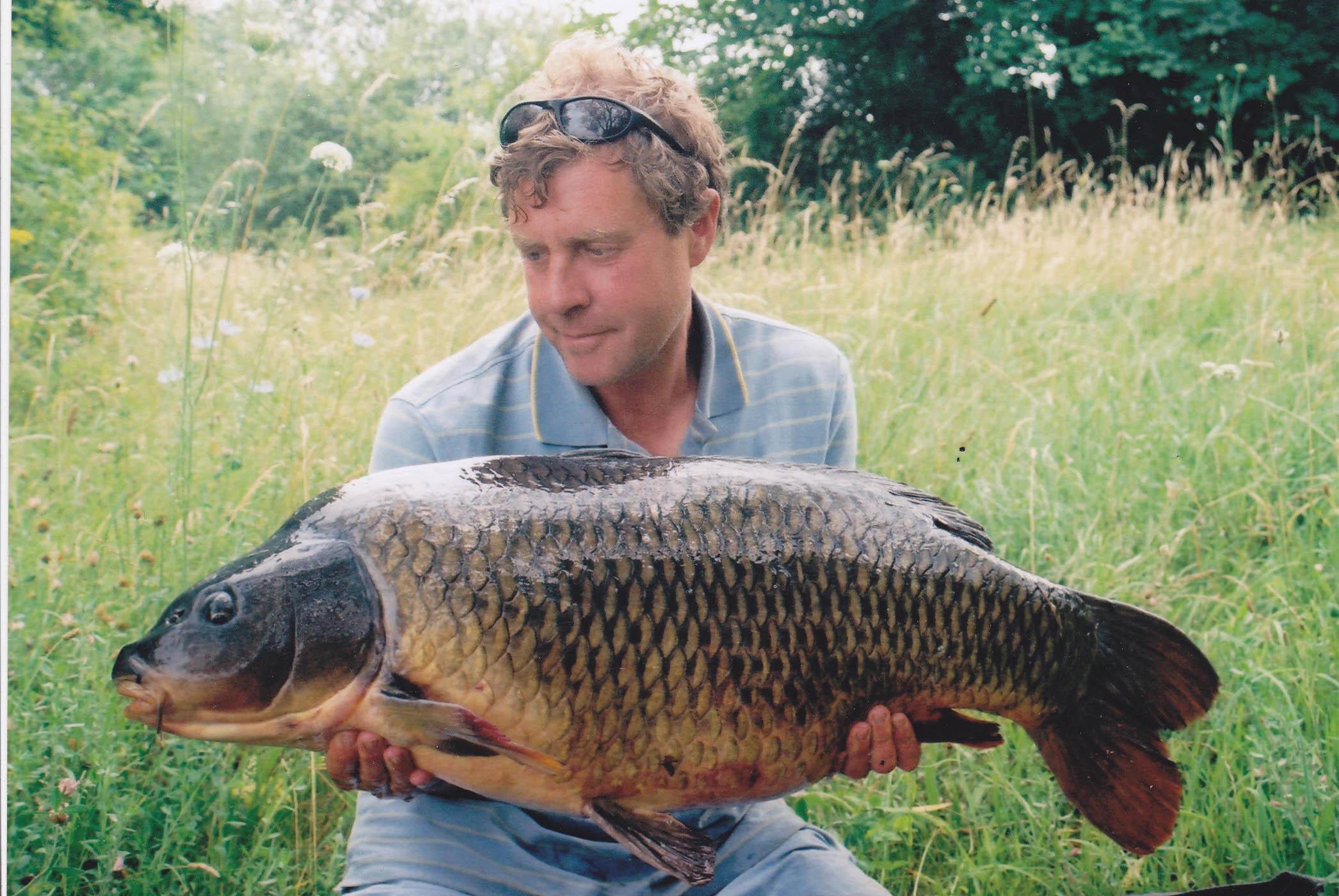
OVERVIEW
In carp fishing, there is not much that has not been said a thousand times. I am sure many of you will have used the methods I’ve described in your own carp fishing. The beauty of our sport, though, is that it is a kaleidoscope of many different scenarios, and there will be numerous ways of tackling each lake you come across. Having a wide range of tactics in your armoury is the key to consistent success. One thing that I really enjoy about carp fishing is the variety of different ways we can approach new lakes. I really hope some of you out there, having read this article, will be able to take something from it. Tight lines!
